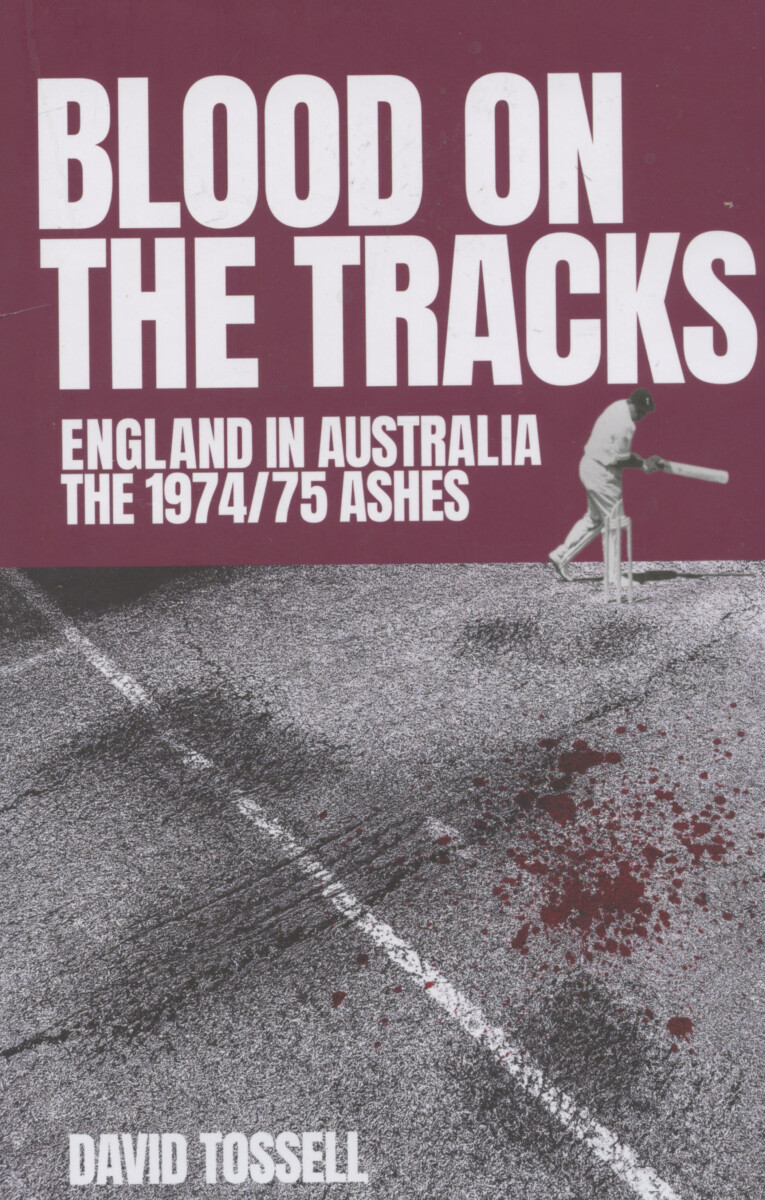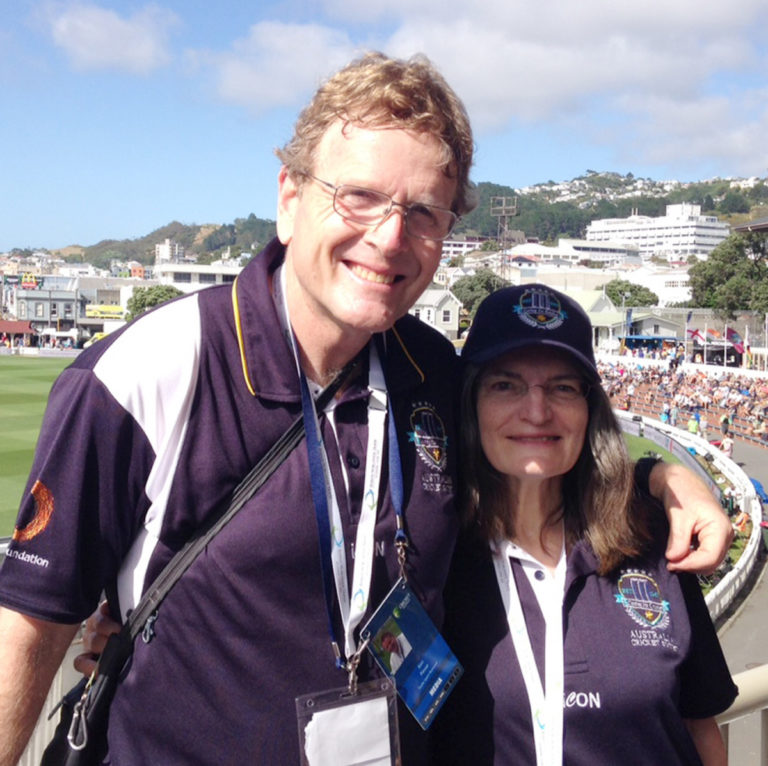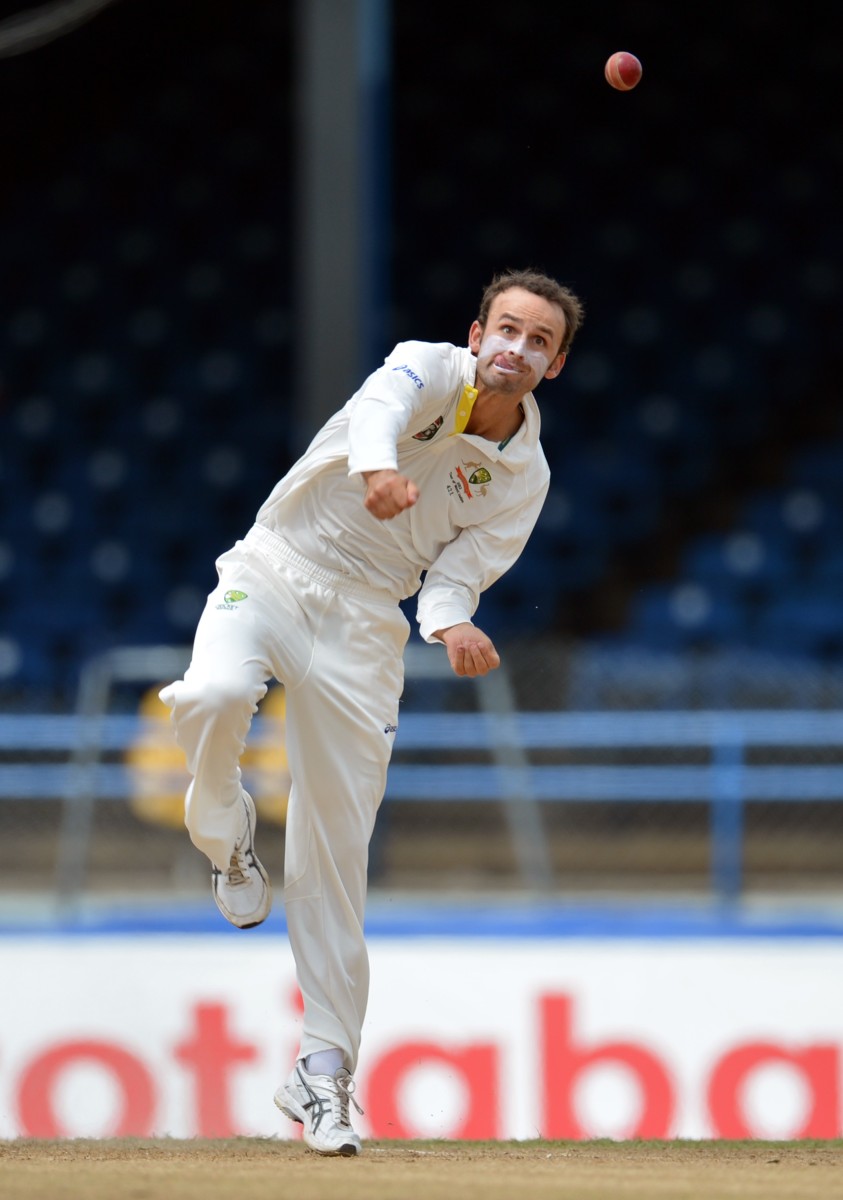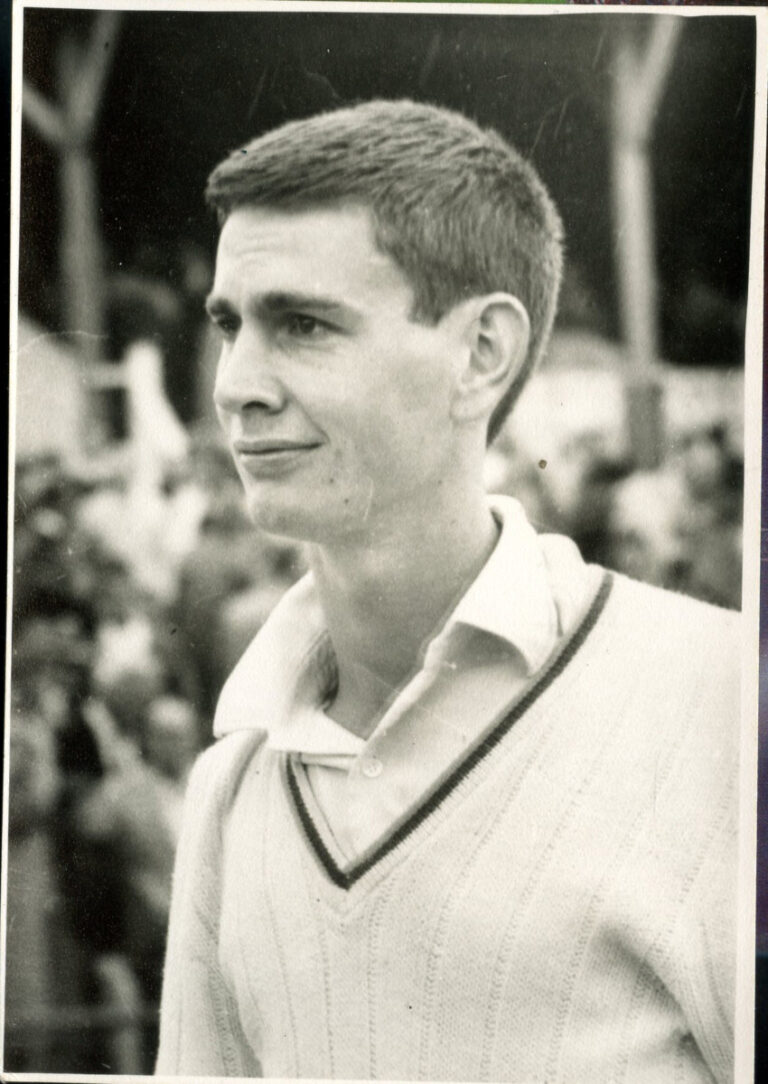
News
Vale Froggie Thomson
BY KEN PIESSE, this story originally published in 2019
Alan “Froggie” Thomson was a formidable opponent in the 1960s and 1970s with an action all of his own.
He was just 14 at the time when it was suggested to him that his windmill, chest-on, wrong foot bowling action needed serious modification, if we was to succeed long term.
 “We were at the schoolboy championships at Melbourne Grammar and John Miles and Frank Tyson tried to change my action,” he said. “They were all very well meaning, but they had me in tears.
“We were at the schoolboy championships at Melbourne Grammar and John Miles and Frank Tyson tried to change my action,” he said. “They were all very well meaning, but they had me in tears.
“Back home I was told to bowl the way I liked, so I did. I never worried about it (changing) again. I just bowled the same way. Being chest-on I was probably ahead of my time.”
Asked how he had developed his unique windmill action which was to terrorise club and state batsmen in the mid to late ‘60s, Thomson, now 67, said he “wasn’t a gymnist” and always was a “bit scared of falling over” on his approach so he developed his high-kneed run-in and it just felt natural letting the ball go off the back foot.
“I think I first bowled like that with the Presbyterians in 1955-56. They didn’t give me another bowl for another two years. But I can assure you I was the only one from that team to play Test cricket!”
The fastest to 100 wickets for Victoria in a record equaling 19 games, “Froggie” was chosen for four Ashes Tests in 1970-71, taking 12 wickets. In his last Test, in Adelaide, he opened the bowling ahead of a young fellow from the west by the name of Lillee.
A week earlier, on the third morning of the re-scheduled Melbourne Test – in front of a crowd of more than 65,000 – Thomson dismissed Ashes icons Geoff Boycott and John Edrich before lunch in what he regards as the highlight of his career. “They clapped me off at lunch,” he said. “I think I had something like two for 20 at that stage. Unfortunately it was downhill after that. I never got that high again.”
Thomson’s shock value in releasing the ball earlier, off the back foot, often caught opposing batsmen unaware. In the first ball of the Ashes series at the ‘Gabba, Boycott hadn’t even picked up his bat before Thomson’s release. Luckily for Boycott it was (wrongly) called a no ball.
Thomson bowled at a rapid rate, without being express, an off-cutter a major weapon at club, state and national level. A straighter one, a semi-leg cutter added to his variety.
Another proud moment at national level came sharing the new ball with the iconic Graham McKenzie in that opening Test of 1970-71. He took a Warne-like one for 156 on debut but he reckoned hundreds of others would have loved to have been in his shoes that match.
He found international cricket a tough forum. Bowling against players like Brian Luckhurst and the New Zealander Bevan Congdon was like bowling against a barn door.
“Luckhurst was a terrific player. I might have got him once, but that was it,” he said.
Thomson was no shooting star. He arrived at Brunswick St., Fitzroy’s long-time home, in 1961 and played in the fourths and the fifths. The following year he was given a seconds game, but it wasn’t until he’d turned 19, late in the 1965-66 summer that he was tried at senior level and took his first “five-for” on debut against Richmond.
“I became a permanent in 1966-67, the year we won the flag against Essendon.”
Alongside Eddie Illingworth, the pair took almost 90 wickets for the season, Thomson loving the extra bounce of his home ground wicket which saw even the spinners occasionally bounce the ball over the ‘keeper’s head.
In a pace-rich era, the Illingworth-Thomson combination was as menacing as any in club cricket including Grant and Adams (Essendon), Gaunt, Day and Leigh (Footscray) and Murch and Ward (St Kilda).
Come the much anticipated final that summer – it was the year after Bill Lawry’s epic 283 against Essendon – Thomson recovered from an erratic start to take six for 72 as the Bombers collapsed for just 161, Fitzroy winning the pennant after replying with 348 including a century to captain Jack Potter and 99 to opener Ron Furlong.
“Once Froggie got the ball to bowl it was hard to get it back from him,” said Potter. “In that final against Essendon he bowled poorly at the start of his spell, but with a bit of encouragement and kidding came good. I told him that he was our best bowler and we needed him to fire. ‘Show ‘em how good you are, Frog’ I said. ‘Otherwise we may be in trouble.’
“He bowled 25 eight ball overs straight and took six of the best. At times he was almost running back to bowl as quickly as he was running in. Today they would have rested him after about six overs, but not the Frog. He was a footy umpire and was super fit. Once he got it right he was difficult to play and that day was his day.”
It was the start of a headlining decade for Thomson, who in winter mixed League football umpiring duties with his cricket. While he umpired only half a dozen senior games, he was a popular figure at reserves level and said the constant running kept him fit for cricket.
He finished his club career at Ringwood, and was glad to assist in the development of the youngsters at one of the newest of the Premier League clubs.
He still follows cricket closely and loves it how the Tasmanian one-day specialist Matt Johnston also bowls off the wrong foot.
Last weekend he was one of the notables at Fitzroy-Doncaster’s sellout 150th year celebrations which featured the appearance of the club’s master batsman, Bradman Invincible Neil Harvey.
“I was catching up with blokes I hadn’t seen for 30 years,” he said.
“Blokes like Don Martin, Phil Measom, Alec Duff, Eddie (Illingworth) of course, Harv and Brian Kann, who also played in the 1953-54 flag. Great names. Great faces.”
Asked about his nickname – he answers to “Frog” more readily than Alan – he says it all happened at school when his voice broke and his mates reckoned he started talking like a frog. “It stuck,” he said.
He’s proud that he once took 13 wickets in a game for Victoria, including an eight-for”. Representing the Vics in the lead-up to the 1970-71 Tests he took nine English wickets including Boycott and Colin Cowdrey in both innings.
“That helped me get a (Test) place,” he said.
A schoolteacher for 35 years, Thomson now works as a driver for King’s Transport.
He loved his time in Premier ranks and said he’d do it all over again tomorrow – if his body allowed him!
In all he played 113 games with Fitzroy, from 1964-76 and 21 with Ringwood from 1976-78.
- The father of two, he had two children, a son Chris and daughter Sally. He’d only recently been moved into a nursing home. And died having a hip replacement, after a fall.






